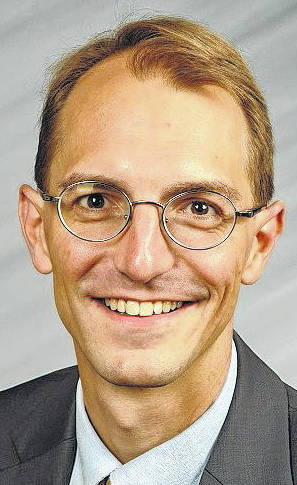
“…what the FCC has said is that when (toilet flushing sound cuts in)…”
— Transcript
Barr v. Am. Assoc. of Political Consultants
“The telephone started to ring, and it cut me off the call and I don’t think it was a robocall.”
— Justice Stephen Breyer
The are few organizations in American government more adverse to modern technology than the United States Supreme Court. While C-SPAN broadcasts every Congressional proceeding and presidents take to national media to cover their news conferences, the Supreme Court bars all cameras — still or television — and releases audio recordings of oral arguments days or weeks after they are heard.
In the more than two centuries of proceedings before the nation’s highest court, there are only two known photographs of oral arguments. The first, in 1932, was published in Fortune magazine and taken by photographer Erich Salomon, who faked a broken arm and hid a camera in his cast. The second, published by Time magazine in 1937 was taken by an unnamed amateur photographer who “concealed her small camera in her handbag” and cut a hole in the bag to sneak the picture.
But these are not normal times, and physical distancing has made its way all the way to the Supreme Court. So, on Monday, Tuesday, and Wednesday of this week, the High Court heard its oral arguments via conference call, with Justice Ruth Bader Ginsberg participating from the hospital. And during the course of the arguments, nearly every meme-worthy conference call blooper that could happen, did in fact happen at some point.
First, Justice Sonia Sotomayor forgot to unmute herself when it was her turn to ask questions of one of the litigants, and did it on consecutive days. Following several seconds of awkward silence the second time, and the Chief Justice saying, “Justice Sotomayor? Justice Sotomayor?” repeatedly, she finally broke in and said, “I am sorry, chief. Did it again!”
Then came Justice Breyer getting disconnected and having to dial back into the middle of a Supreme Court oral argument. That would have been mildly embarrassing, I suppose, but it became hilarious and fitting when it turned out that the reason he got disconnected was because he got another phone call in the middle of a case about robocalls. When he went to silence the other call, he accidentally disconnected himself from the Supreme Court call. Once he got back on, he explained, with reference to the case at hand, “The telephone started to ring, and it cut me off the call and I don’t think it was a robocall.”
But the coup de grâce came later on Wednesday, during that same case about robocalls. As Roman Martinez, the attorney for the American Association of Political Consultants uttered the words “what the FCC has said,” there arose in the background the unmistakable sound of a toilet flushing. Every time a Supreme Court case is decided there are news headlines. But when the first ever Supreme Court oral argument to be live broadcast by telephone conference is interrupted by a toilet flushing, well … that breaks the internet.
Twitter exploded. The Supreme Court blogs flashed headlines. Even Snopes put up a page noting that the reports were true. Showing his sense of humor, FCC Chairman Ajit Pai Tweeted: “To be clear, the @FCC does not construe the flushing of a toilet immediately after counsel said “what the FCC has said” to reflect a substantive judgment of the Supreme Court, or of any Justice thereof, regarding an agency determination.” The source of the flush is unknown, but at the time only the Justices and the attorney who was making his argument should have been unmuted. Perhaps this is why the High Court has never allowed cameras in.
But business got done, multiple cases got argued, and despite the pandemic, the High Court will issue decisions in cases that are important to American justice. In fact, the really noteworthy thing this was that Justice Thomas, who almost never asks questions in the free-wheeling oral arguments held in person, not only asked a question when the chief called on him individually, but he did it on consecutive days. That’s a veritable avalanche of questions from the country’s most reticent Justice.
The Court will continue with telephone arguments for now, and decisions in the cases argued this week will likely come at the end of June as the term winds down.


